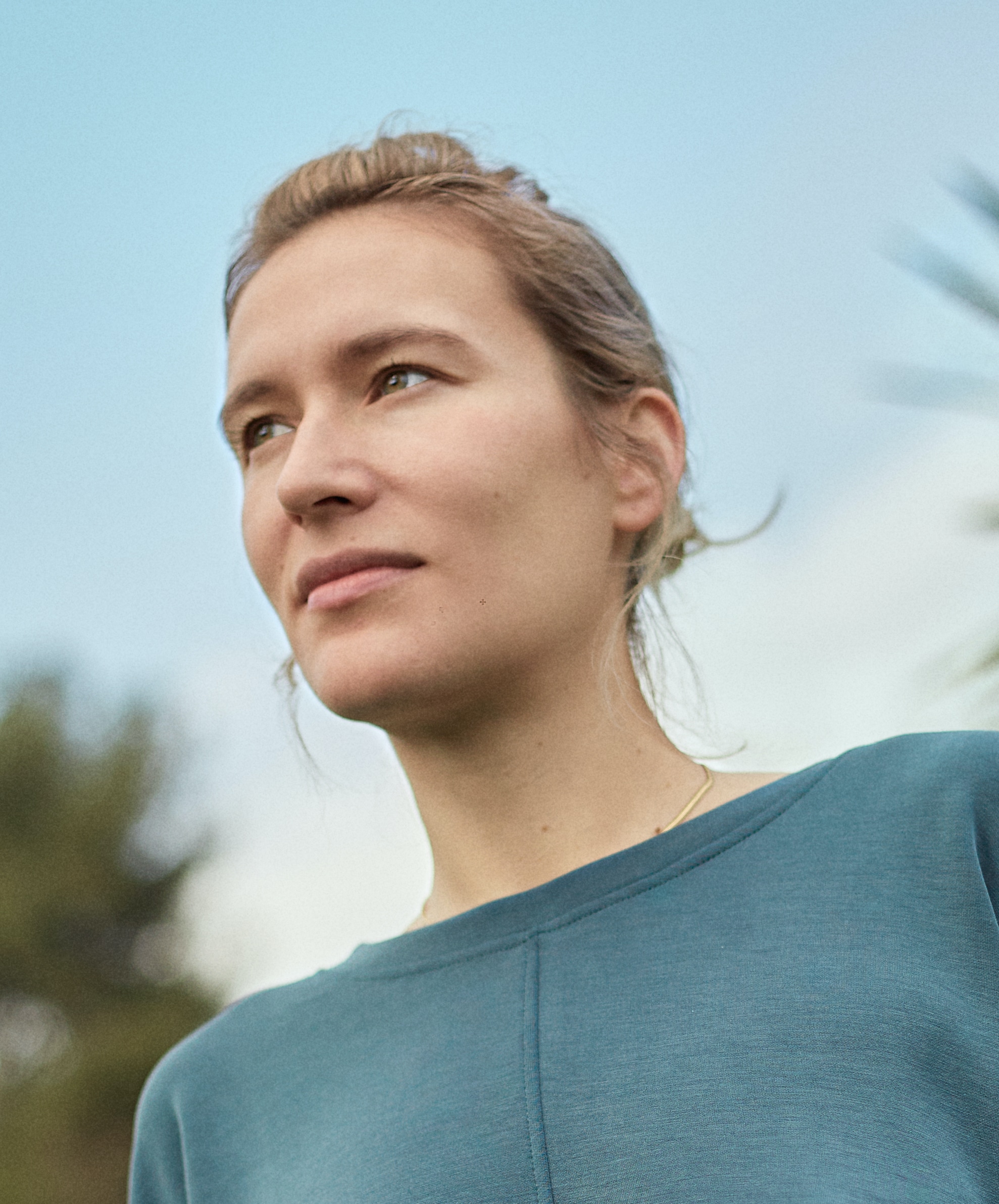What if the screenshot had replaced the camera lens? This is what is happening with in-game photography, or photography of environments and characters within video games. At a time when travel is discouraged, this trend (which goes back a couple deca...



